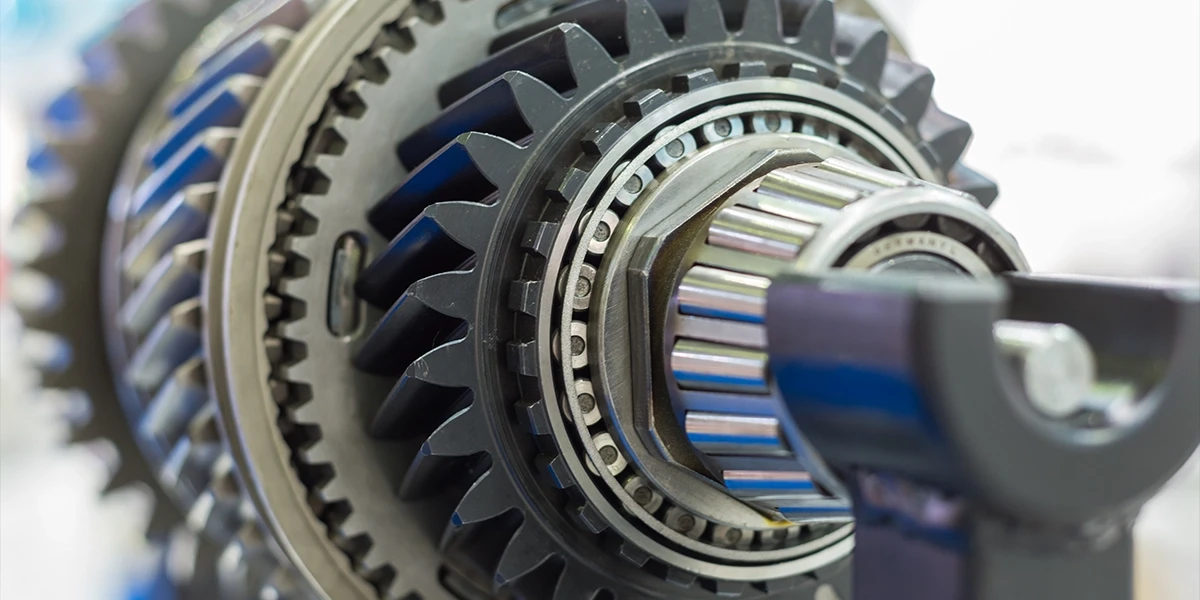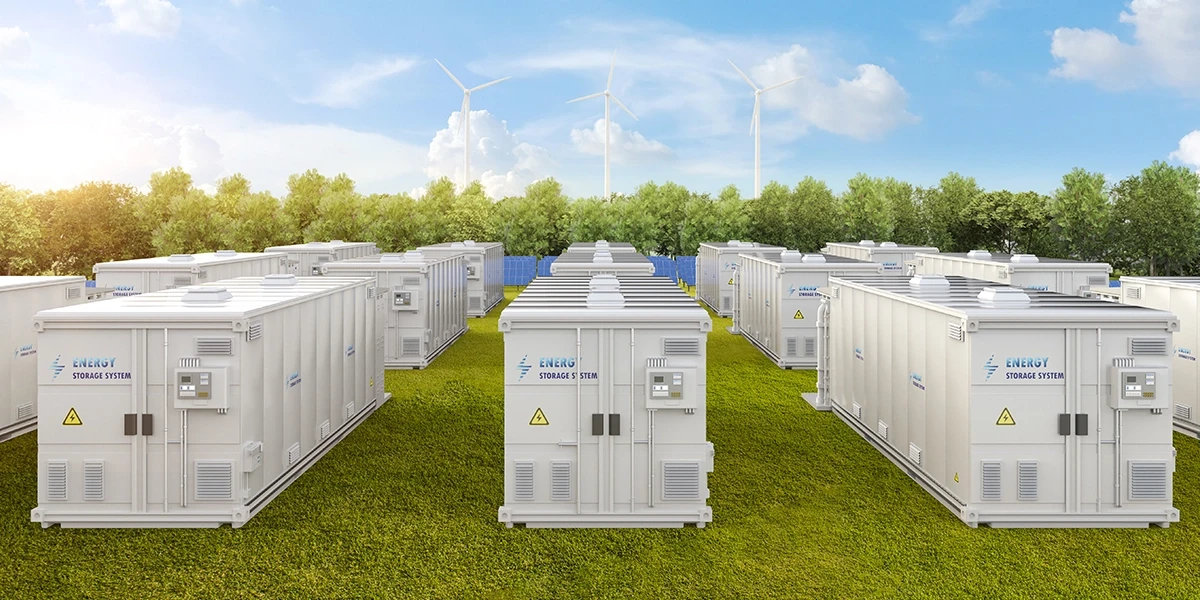Electric motors serve as an essential component. It converts electrical energy into mechanical power to drive a diverse spectrum of devices and machinery. Comprehending the various types of electric motors and their respective benefits. This is essential for making well-informed decisions. For both consumer and industrial settings. This comprehensive guide will delve into the most potent classes and types of electric motors. With a particular focus on AC motors, DC motors, brushless DC motors, and induction motors. We'll also explore the role of magnetic fields and permanent magnets in these motors. We also discuss their efficiency and applications.
At its core, an electric motor converts electrical energy into mechanical energy through the interaction of magnetic fields. This fundamental principle underpins the operation of all electric motors. The simplest common motors to the most sophisticated brushless DC motors.
Within the broader categories of AC and DC motors, several potent types emerge. Each caters to specific needs and applications. Let's delve deeper into some of the most notable variants:
Permanent magnet motors leverage the magnetic properties of permanent magnets to generate motion. These motors offer enhanced efficiency and power density compared to traditional induction motors. Making them ideal for applications where space and energy efficiency are paramount. From electric vehicles to renewable energy generation, permanent magnet motors play a pivotal role in driving technological innovation and environmental friendliness.
Servo motors stand out for their exceptional precision and control, making them essential in robotics, automation, and CNC machining. These motors incorporate feedback mechanisms. Such as encoders to accurately position and control. The rotation of a shaft enables precise motion control in complex systems. From 3D printers to robotic arms, servo motors empower engineers and designers. To bring their visions to life with unparalleled accuracy and efficiency.
We can broadly classify electric motors into two main categories:
Each category has its subtypes, each with unique characteristics and applications.
Alternating current powers AC motors, widely used in both industrial and residential settings. We further divide AC motors into two main types:
synchronous
asynchronous (or induction) motors
Synchronous Motors
In synchronous motors, the rotor moves in harmony with the stator's magnetic field. These motors are highly efficient. They find use in applications requiring precise speed control, such as clocks, conveyor systems, and robotics.
Induction Motors
Induction or asynchronous motors are the most common AC motor type. They operate on the principle of magnetic induction. Where the magnetic field generated by the stator induces the rotor to rotate. Induction motors are robust, reliable, and require minimal maintenance, making them ideal for heavy machinery, pumps, and fans.
The Role of Magnetic Fields in AC Motors
Magnetic fields are crucial in the operation of AC motors. In an induction motor, for example, the stator's alternating current creates a rotating magnetic field. This field induces a current in the rotor.
This induced current generates its magnetic field, which interacts with the stator's field, causing the rotor to turn. This interaction exemplifies how electrical energy converts into mechanical energy.
Direct current powers DC motors, known for their simplicity and ease of control. We divide them into brushed and brushless types.
Brushed DC Motors
These motors use carbon brushes to deliver current to the rotor through a commutator. While brushed DC motors are simple and inexpensive. They require regular maintenance because of brush and commutator wear.
Brushless DC Motors
Brushless DC motors (BLDC) eliminate the need for brushes by using electronic commutation. These motors are more efficient, produce less noise, and have a longer lifespan than their brushed counterparts. Applications requiring high reliability and precision commonly use them. Examples include drones, electric vehicles, and computer hard drives.
Permanent Magnets in DC Motors
Permanent magnets play a significant role in the operation of DC motors, especially in brushless types. In BLDC motors, permanent magnets embed within the rotor. It then interacts with the stator's magnets to produce motion.
This design enhances efficiency and reduces the need for maintenance. It makes BLDC motors highly desirable in modern applications.
Magnetic Fields: The Driving Force Behind Electric Motors
Magnetic fields play a crucial role in the functionality of all electric motors. In both AC and DC motors, the stator and rotor magnetic fields interact crucially. This interaction creates the torque necessary to drive mechanical motion.
In induction motors, the stator's alternating current generates a rotating magnetic field. This field induces a current in the rotor, which, in turn, generates its magnetic field. The interaction between these magnetic fields results in the rotation of the rotor. The conversion of electrical energy into mechanical energy.
For DC motors, the rotational force arises from the interaction between the magnetic field of permanent magnets. The current-carrying conductors within the rotor. In brushless DC motors, electronic controllers precisely manage this interaction, enhancing both efficiency and performance.
Permanent magnets are a critical component in many types of electric motors, particularly in brushless DC motors. These magnets create a constant magnetic field that interacts with the electromagnets in the stator to produce motion.
The use of permanent magnets in electric motors offers several benefits:
Permanent magnets provide a consistent magnetic field without the need for an additional energy input, enhancing overall motor efficiency.
Designers can make motors with permanent magnets more compact and lightweight. This is advantageous in applications where space and weight are critical factors.
By removing the need for a separate field winding and associated power supply, permanent magnet motors are simpler. They are also more reliable.
In the intricate pattern of electric motors, each class and type brings forth. Its unique blend of characteristics and capabilities. While AC motors dominate with their widespread applications and efficiency, DC motors have their advantages, especially brushless DC variants.
These offer precision and control crucial for specialized tasks. Induction motors, on the other hand, excel in high-torque applications, driving heavy machinery with ease.
Selecting the right electric motor depends on several factors, including the specific application, required performance characteristics, and operating environment. Here are some considerations to keep in mind:
For applications where energy efficiency is critical, such as electric vehicles, brushless DC motors excel. They offer high efficiency and reliable performance in demanding applications like renewable energy systems.
If low maintenance is a priority, induction motors excel. Brushless DC motors are preferable because of their durable construction.
For cost-sensitive applications, brushed DC motors or standard induction motors may be the most economical choice.
For precise speed and position control, synchronous motors excel. Brushless DC motors with electronic controllers are also ideal.
Consider the operating environment, including temperature, humidity, and exposure to dust or chemicals. Induction motors exhibit robustness and can operate in harsh conditions.
Electric motors are integral to modern life, powering everything from household appliances to industrial machinery. Understanding the different types of electric motors is crucial. It helps in selecting the most suitable motor for applications. The role of magnetic fields and permanent magnets is fundamental in all electric motors, enabling the conversion of electrical energy into mechanical energy.
eINDUSTRIFY offers a gateway to unlocking the full potential of electric motors. With our expertise and comprehensive understanding of the latest advancements, we empower businesses. They explore and leverage potent electric motors tailored to their needs. We also guarantee the use of the highest quality parts.
Explore our B2B e-commerce platform, eINDUSTRIFY, and get hassle-free solutions for your procurement needs. Email us at info@eindustrify.com or call +1 888 774 7632 to register for access to a premium global marketplace.
Tags: Electric Motors AC Motors Magnetic Field Brushless DC Motor Induction Motor Electrical Energy into Mechanical Energy Common Motors Permanent Magnets
RECENT POSTS:

Top DC Motors for Industrial Automation

How to Select the Right Control Valves for Your System

Air Compressors for Sale: Compare Models, Brands, Features

Essential Power Transmission Accessories for Industries

Best Industrial Sensors for Automation

Uses of Industrial Control Equipment

Top Bearings and Power Transmission Solutions

Buy Battery Energy Storage Systems Now